Inwa
A grand imperial capital left to fall into magnificent ruin.
For a total of 360 years spread over the course of five centuries, Inwa was the capital of successive Burmese kingdoms. Then, in 1839, it was leveled by earthquakes and subsequently abandoned. The wheel of fortune turns on us all, human and city alike.
Inwa — also spelled Innwa, known in classical Pali as Ratanapura (“City of Gems”), and known locally as Awa or Ava — was originally founded in 1365. Located at the confluence of the Irrawaddy and Myitnge Rivers on an artificial island formed by a canal connecting the two rivers upstream from their natural point of meeting, Inwa was built to be the capital of a newly unified kingdom that came to be known, appropriately enough, as the Kingdom of Ava. And so it remained for 190 years, serving not only as the seat of power in Upper Burma, but also as the center of a flourishing period of Burmese literature.
In 1555 the Kingdom of Ava fell. However, the city of Inwa and its political prestige lived on, serving as the capital of all of Burma from 1599 to 1613, then again from 1635 to 1752, then again from 1765 to 1783. Then again from 1821 to 1842.
The aforementioned series of devastating earthquakes struck on March 22, 1839; the entire region was affected, but the capital was hit particularly hard. Although Inwa had been sacked, destroyed, and rebuilt several times over its long history, this time it would not be so. The city was not rebuilt, the capital was officially moved to Amarapura on February 10, 1842, and Inwa was left to the elements.
The former imperial city is now a rural area where livestock graze and farmers raise crops amidst the remains of pagodas, palace towers, monasteries, and massive city walls that once formed the outline of a seated lion. One of the monasteries — Bagaya Kyaung, a towering structure built entirely of teak — is still in use as a monastery and school today. Local guides provide tours of the site via horse-drawn carts.

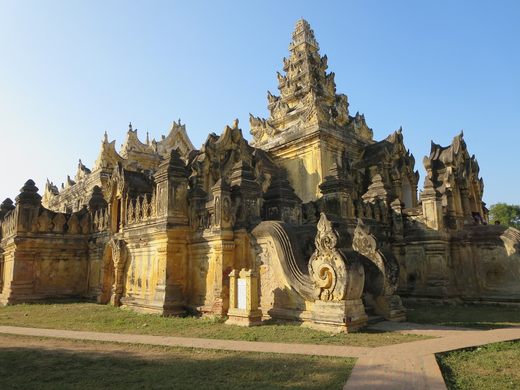


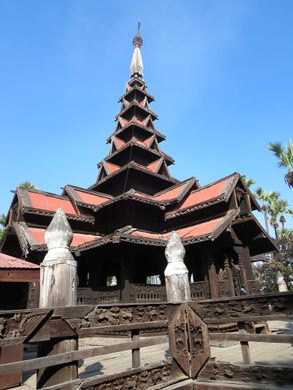
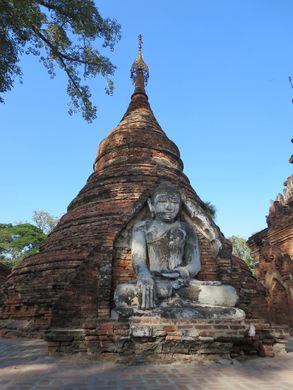
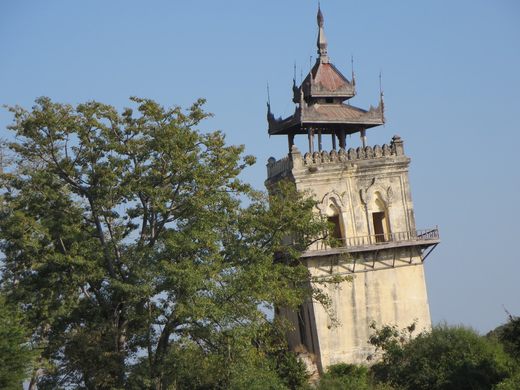

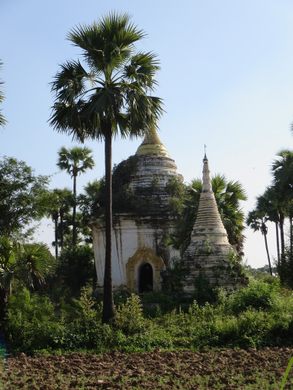












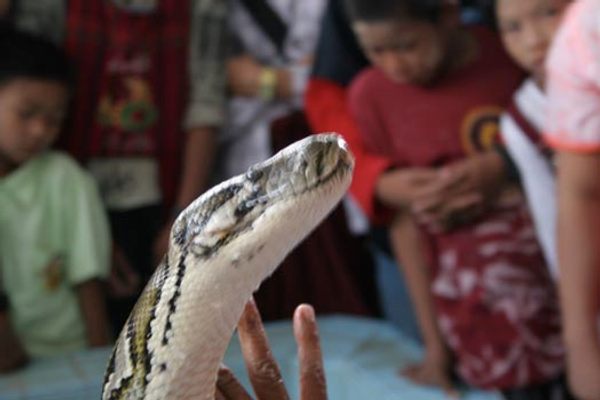

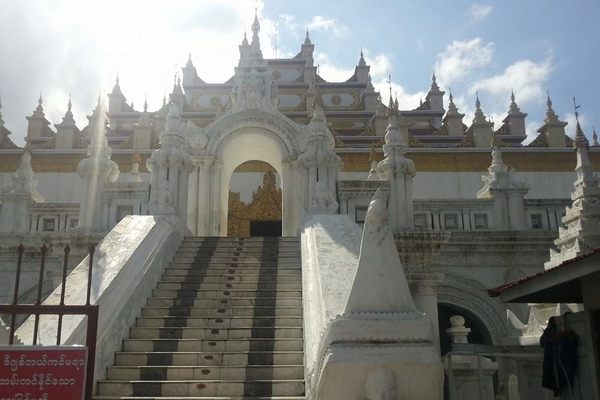





Follow us on Twitter to get the latest on the world's hidden wonders.
Like us on Facebook to get the latest on the world's hidden wonders.
Follow us on Twitter Like us on Facebook